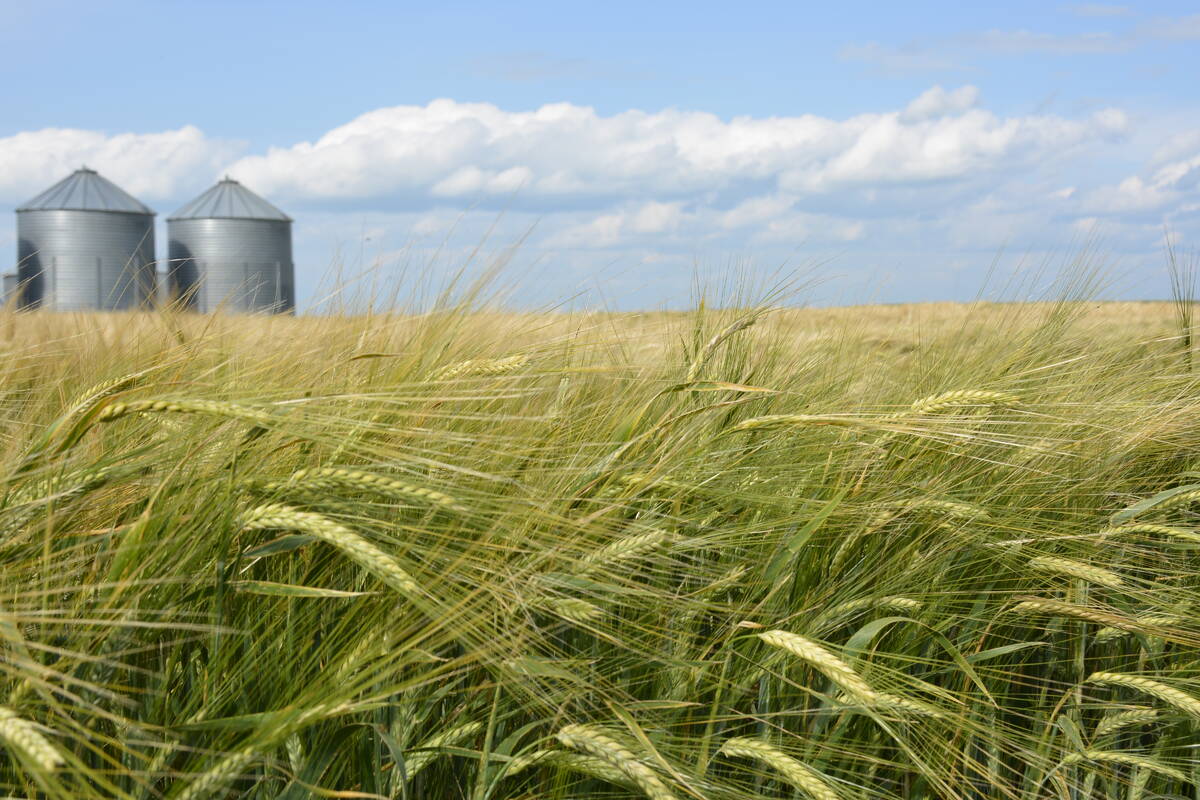EDMONTON — A new funding method has created a cereal research boom in Australia.
Steve Jefferies, chief executive officer of plant research firm Australian Grain Technologies Pty. Ltd., says farmers now pay a research fee when they sell the crop instead of paying a fee or royalty when buying seed.
He recently told FarmTech 2012 in Edmonton that spending on wheat breeding in Australia exceeds $30 million a year, compared to Canada’s annual wheat research budget of $10 to $12 million.
“I think Australia 10 years ago was worse than Canada was. There was a long-term decline in public sector funding,” he said.
Read Also

StatCan stands by its model-based crop forecast
Statistics Canada’s model-based production estimates are under scrutiny, but agency says it is confident in the results.
Dwindling resources, low investment and few young researchers had created a stagnant cereal breeding program and prompted governments and producers to look at changes to research funding.
Jefferies said producers led the initiative to change when they pay the research fee. They now pay $2.75 to $3 for every tonne of production.
He said the change has helped fund research and encourage farmers to adopt modern grain varieties.
Taking royalties only on the production of grain means researchers, and not just farmers, share in the risk of a new variety, especially when crop failure from drought is a reality.
“In Australia, there is a lot of crop failure, absolute zero,” said Jefferies.
Since 2001, 97 new wheat varieties and 25 barley varieties have been released in Australia. Before that, all wheat and barley lines were developed through public sector research and funding.
“Wheat breeding funding is now 100 percent funded through EPR (end point royalties) or shareholder or private equity investment.”
Private sector funding is dominant in Europe, Australia and China.
“This system has attracted all these big players into wheat breeding in Australia.”
Jefferies said farmers are more willing to try new seed varieties and buy more seed because there is no fee on seed purchases. He said 71 percent of the 2010 Australian wheat crop was new wheat varieties and estimates it will be 79 percent in 2011.
“It is going up 10 percent each year. I expect it will get to 90 percent shortly.”
The adoption of new barley varieties is slower because maltsters are reluctant to change their tried and true varieties. Slightly less than half the barley seeded in 2010 was from new varieties.
Barley breeding is now 40 percent funded through end point royalties.
Jefferies said farmers were not keen on switching to end point royalties 10 years ago, but the availability of new higher yielding varieties has erased many of their concerns.
Farmers are allowed to save seed without paying a royalty. The royalty is deducted when the grain is sold and sent to one of the five private research organizations.
Jefferies believes an end point royalty system is feasible in Canada. It doesn’t require new legislation, but payments and royalties would be covered under contract law.
“If it’s brought into Canada, it will bring in investment from bigger players.”
Ryan Mercer, chair of the Alberta Seed Growers Association, said the idea of end use royalties in Canada deserves further research.
“There are several options being looked at. This is one of them,” said Mercer, a Lethbridge seed grower who was reluctant to eliminate all public funding for agricultural research.
“I don’t think there is any secret there is not enough funding going into wheat and barley breeding on the western Prairies,” he said.
“It could be argued there is a lot of public good for public investment in varietal research.”
Mercer said he would like to take a “three P” approach to agricultural research funding: public, private and producer.
















